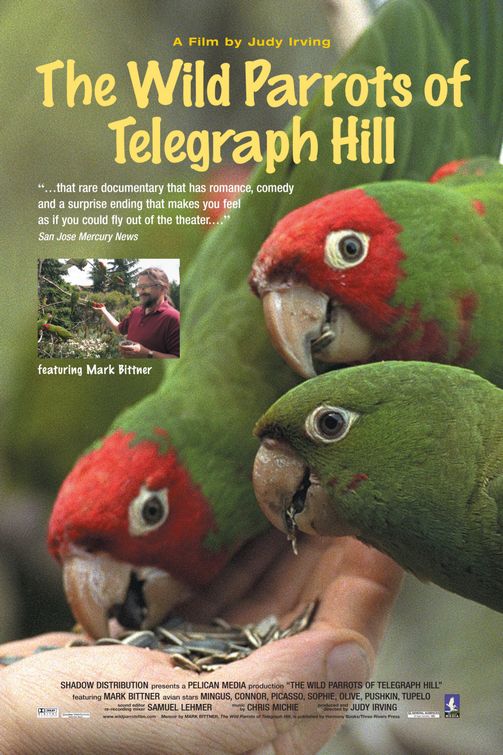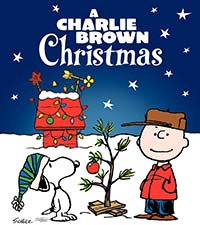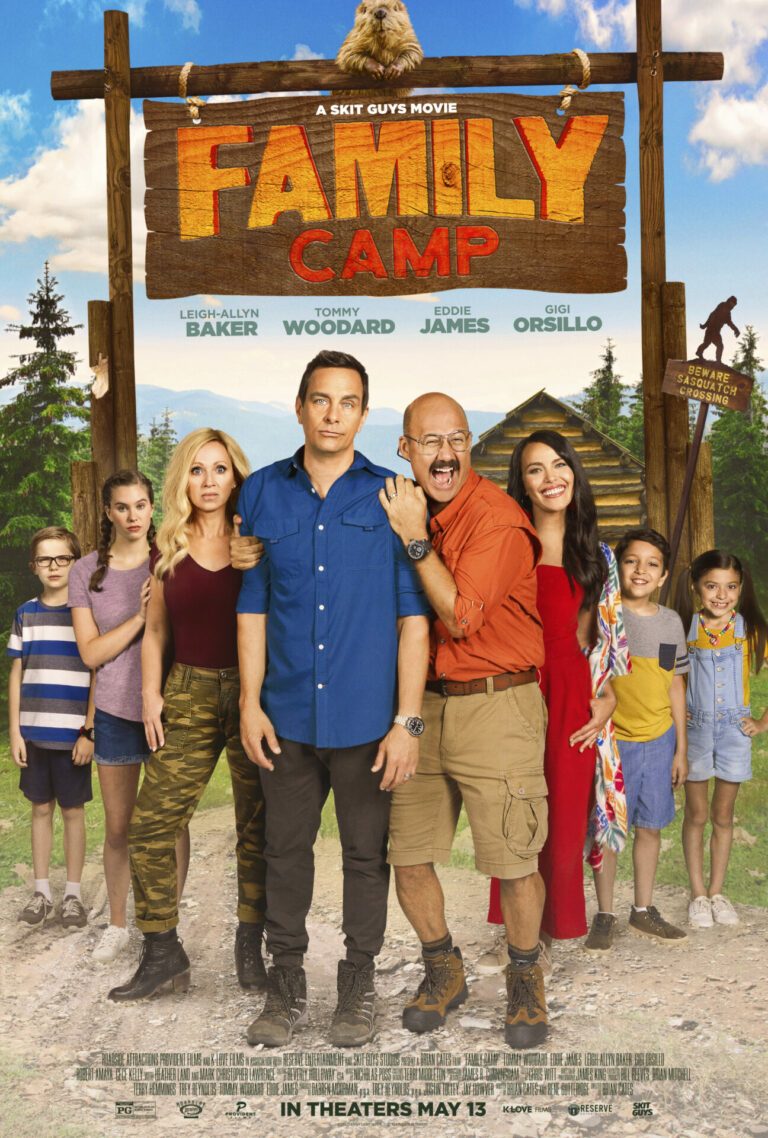"Fascinating Urban Jungle"

| None | Light | Moderate | Heavy | |
|---|---|---|---|---|
| Language | ||||
| Violence | ||||
| Sex | ||||
| Nudity |
What You Need To Know:
The climax and resolution of this film is heart-rending and heartwarming. There are positive statements about prayer, Saint Francis, and church, but the movie moves toward a Zen Buddhist point of view. The message is not oppressive, however, and can be easily refuted with a little media wisdom. God created animals in part to help us understand ourselves, and these birds do just that. This is a fun movie worth watching, with many moral virtues.
Content:
(PaPa, CC, B, E, V, A, M) New Age pagan worldview with a premise that leads to the Zen Buddhist conclusion that we’re all part of one consciousness, including animals, parrots, people, etc.; references to prayer, "God Bless You," lingering shots of church and cross, discussions of moral responsibility, and respect for authority; some pro-environmentalist and some negative remarks about environmentalists; no foul language; parrot dies, parrot bleeds, parrots attack each other, and hawk attacks parrot; no sex or nudity; some alcohol; and, reference to marijuana in conjunction with Beatnik and hippie writers.
More Detail:
THE WILD PARROTS OF TELEGRAPH HILL is a fascinating documentary about Mark Bittner, a man who observed and cared for a group of parrots in San Francisco that have returned to the wild. The storytelling in this documentary is superb.
The movie opens with people watching Mark feed the parrots and asking him questions. One man tells Mark that he’s the Saint Francis of San Francisco and challenges Mark as to whether these birds are really wild if he is feeding them. Mark shows his audience that the parrots have distinct personalities. He helps them to understand the parrots. He notes that parrots pair up, and when a mate disappears or dies, it’s a tragic experience. The audience also sees the parrots’ babies and becomes concerned for their survival when one of the parrots becomes gravely sick.
Although a couple of the parrots are willing to live in Mark’s house, most want to be free. One of them, Conor, is a slightly different species and protects some of the weaker birds.
The climax and resolution of this movie is heart-rending and heartwarming. Judy Irving, the filmmaker, inserts herself in the film at a couple points. Judy creates a sense of jeopardy by making us concerned not only for the parrots but also for Mark.
There are positive statements about prayer, Saint Francis and church, but the movie moves toward a Zen Buddhist point of view. This, however, need not detract from the rest of the movie. The message is not oppressive, and, with a little media wisdom, can be easily refuted. God created animals in part to help us understand ourselves, and these birds do just that. Our nurturing, care and stewardship of animals helps us to grow as people. We don’t need a New Age perspective to have compassion and concern for animals. In fact, a New Age perspective confuses the real issues.
This movie was clearly shot on a low budget, and the graininess of the film is off-putting at times. However, the careful photography with extraordinary focus on the activities of the birds makes the audience forget the financial and technical limitations of the movie. In fact, the credit at the end of the film that says ‘No digital effects were used’ is very funny, since clearly the filmmaker didn’t have a dime for effects. Even so, the filmmaker has done such a wonderful job of capturing the wonderful story contained in this movie.
This is a fun movie worth watching, with many moral virtues and very little that is objectionable, as long as you help your children understand from a media-wise perspective that the New Age point of view is fallacious.



 - Content:
- Content: 

 - Content:
- Content: 
